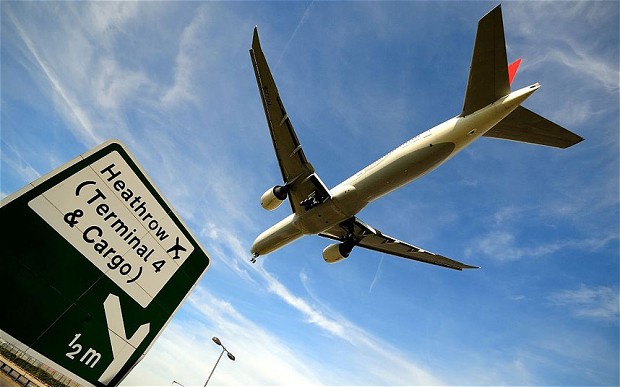
The UK’s Department for Transport has claimed the country is pioneering ahead of European and international airspace regulators to rapidly look at integrating unmanned air vehicles into national airspace.
EASA and ICAO are both looking at higher level integration of UAVs, with EASA in particular looking at introducing a new proportionate ruling for UAVs in 2016, but the UK is striving to get ahead with the integration it believes is sluggish in being incorporated into everyday use.
“We are not going alone,” Paul Cremin, head of UK aviation operational safety and emerging technologies at the DfT, says. “We’re accelerating the pace, and if EASA and ICAO can keep up, then that’s great, but we [the UK] are upping the pace.”
The UK government is looking at ways to sustain the market for the UK, but Cremin notes that will also escalate up to benefit Europe. Identifying that there has been a lack of visibility in support for the industry from the government, Cremin says “hopefully we are addressing that now”.
Ways in which the UK is progressing include holding public dialogue sessions that will lead onto a public consultation and the release of a strategy/vision paper in 2016 that will cover a decade of planning for the UK. The ultimate aim is regular access for UAVs to controlled airspace by 2018, Cremin says.
The government identified “pathfinder” projects that will help lead to this, namely looking at the integration of UAVs in applications such as parcel delivery, agriculture/geo-mapping and national infrastructure monitoring markets.
“We want to move the barriers to this market,” Cremin says, adding that there has been talk of integration for far too long, and it is now time to do something about it. “The market hasn’t even evolved how I thought it would have done 15 years ago.”
Regarding the well-publicised parcel delivery market for UAVs, Cremin adds: “The UK is open for business, and we will work with you [industry] on this.”
The government is also considering the possible development of low tracking/ATM systems for UAVs, as well as the creation of a UK register or a licensing requirement for UAVs. Under the UK’s cross-government working group, a programme office for UAVs is also expected to be established.
Cremin notes that there is a need to be more proactive in this area, but if the public is not behind the introduction of UAVs, then the market will be challenged.
Furthermore, the Autonomous Systems Technology Related Airborne Evaluation and Assessment (ASTRAEA) programme that was partly funded by the government’s business division recently had its bid for more funding rejected, which is in line with the UK’s new pioneering policy.
ASTRAEA saw a consortium of companies look to develop technology and procedures for the integration of unmanned air vehicles into national airspace.
“That work has come, we think, to an end and won’t be supported further,” Cremin explains. “The government has gone in a faster direction and is targeting where it thinks there will be stronger [developments].”